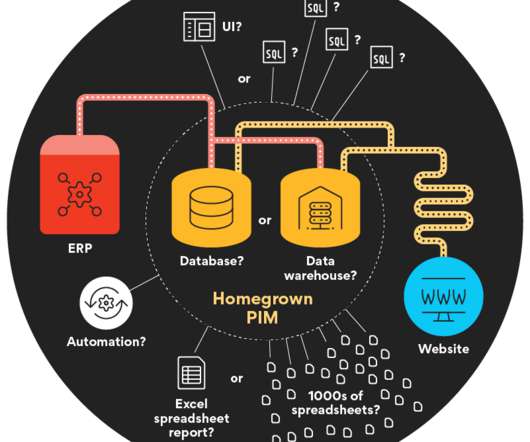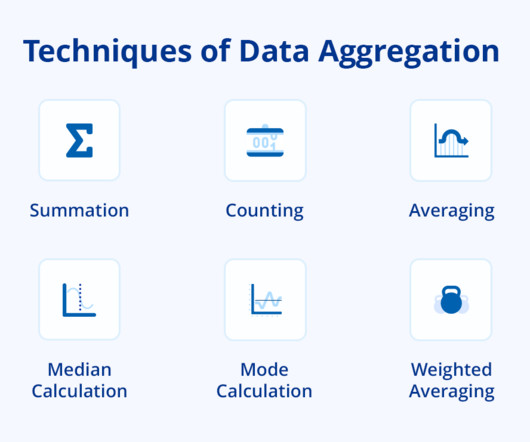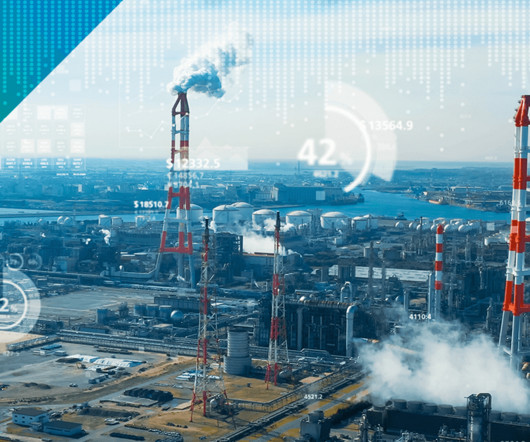Data Science vs Data Analytics: Key Differences
Astera
MAY 31, 2024
Data Science Process Business Objective: This is where you start. You define the business objectives, assess the situation, determine the data science goals, and plan the project. It involves visualizing the data using plots and charts to identify patterns, trends, and relationships between variables.














Let's personalize your content